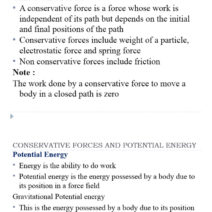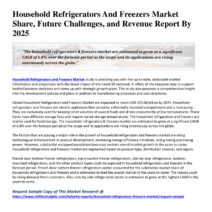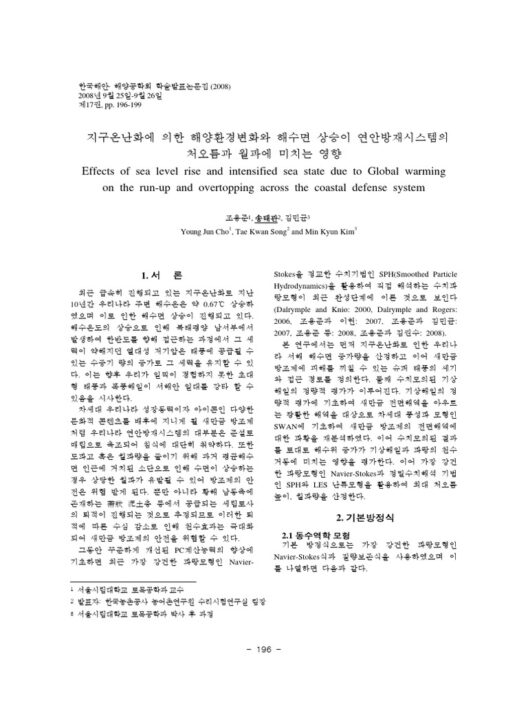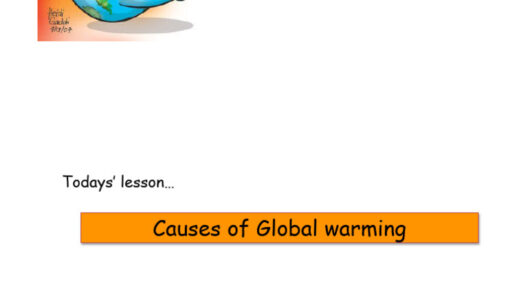Climate change encompasses a myriad of unpredictable and potentially catastrophic outcomes. Among the most perplexing phenomena is the notion that global warming could paradoxically instigate a new ice age. This concept raises crucial questions about the interconnectedness of Earth’s climatic systems and underscores the necessity of comprehensive climate awareness and action. Here, we delve into the scientific mechanisms behind this counterintuitive scenario and explore its potential implications for our planet.
Understanding the Global Climate System
The Earth’s climate system is a complex interplay of the atmosphere, oceans, land surfaces, and various life forms. Each component contributes significantly to maintaining thermal equilibrium. The ocean currents, notably, play an instrumental role in distributing heat across the globe. The Atlantic Meridional Overturning Circulation (AMOC), for instance, regulates temperatures by transporting warm, salty water from the tropics northward, while cold water flows southward. Disruptions in this circulation can have profound effects on regional and global climates.
The concept of “tipping points” is pivotal in understanding how slight alterations in climate systems can lead to disproportionate consequences. As temperatures rise due to anthropogenic greenhouse gas emissions, glaciers and polar ice caps are melting at alarming rates. This melting does not merely contribute to rising sea levels; it dilutes the saline content of ocean currents, potentially destabilizing systems like the AMOC. Should this vital conveyor belt falter, regions, especially in Europe and North America, could face unprecedented cooling, akin to a new ice age.
The Science Behind the Wildcard
So, how exactly could global warming trigger a new ice age? The crux lies in thermohaline circulation, a global system driven by variations in seawater density, which is influenced by temperature (thermal) and salinity (haline). The influx of freshwater from melting ice caps reduces the salinity of ocean waters, hindering the sinking of cold, dense water that is essential for driving ocean currents. A significant slowdown in the AMOC could lead to a cascade of climatic effects, creating conditions that mimic those of historical ice ages.
Historical evidence provides enlightenment on the plausibility of this scenario. During the last glacial maximum, roughly 20,000 years ago, significant changes in ocean currents led to drastic climatic shifts. As the planet transitioned into warmer interglacial periods, a series of climatic oscillations occurred, which included brief returns to glacial conditions. Patterns observed in paleoclimatic data exhibit how interconnected and fragile the climate balance is, suggesting that threshold responses to warming can provoke abrupt shifts.
Unraveling the Consequences of a New Ice Age
The potential onset of a new ice age, catalyzed by global warming, could have dire and far-reaching consequences. If the AMOC were to collapse, Europe may experience harsh winters characterized by increased snowfall and plummeting temperatures as warm air is displaced by frigid winds. In addition, North America could see similarly severe winters, disrupting agriculture and leading to heightened energy demands for heating. The disruption of established weather patterns could also provoke more frequent and intense storms, exacerbating existing vulnerabilities.
Food security is another area of concern. With colder temperatures and altered precipitation patterns, crop yields could witness a decline in various regions, leading to potential food shortages. This could subsequently spark social unrest and exacerbate geopolitical tensions as nations grapple with the challenges of feeding their populations amid climatic upheaval.
Moreover, ecosystems could face tremendous stress. Flora and fauna that have thrived under stable climatic conditions might find themselves unable to adapt swiftly to new realities. Species migration would become paramount as organisms seek suitable habitats, yet many may perish if they cannot acclimatize fast enough. This could precipitate a loss of biodiversity that undermines ecosystem services crucial for human survival.
The Path Forward: Confronting Climate Change
To avert this precarious trajectory, urgent action is paramount. Global leaders must prioritize ambitious climate policies aimed at reducing greenhouse gas emissions radically. Transitioning to renewable energy, enhancing energy efficiency, and promoting sustainable land-use practices are critical strategies. Additionally, investing in climate science to improve predictive models will aid in understanding the intricate web of climate dynamics and potential tipping points.
Public awareness and grassroots activism are equally vital. Engaging communities through education on the implications of climate inaction fosters collective advocacy, signaling to policymakers the urgency of addressing these challenges. On an individual level, adopting sustainable habits, such as reducing waste, conserving energy, and supporting eco-friendly products, contribute to a larger movement toward climate resilience.
In conclusion, the relationship between global warming and the potential for a new ice age exemplifies the complexities of our climate system. By acknowledging the possible outcomes of anthropogenic influences, societies can strategize effectively to mitigate these looming threats. The crossroads we face demand immediate and unified action; failure to act could lead us down a path toward climates we cannot readily adapt to. Innovation, collaboration, and environmental stewardship remain our best resources in tackling the intricate challenges posed by climate change.








